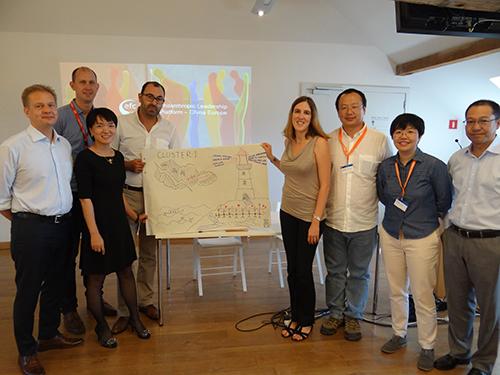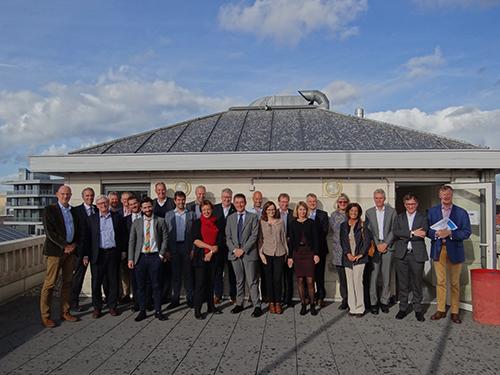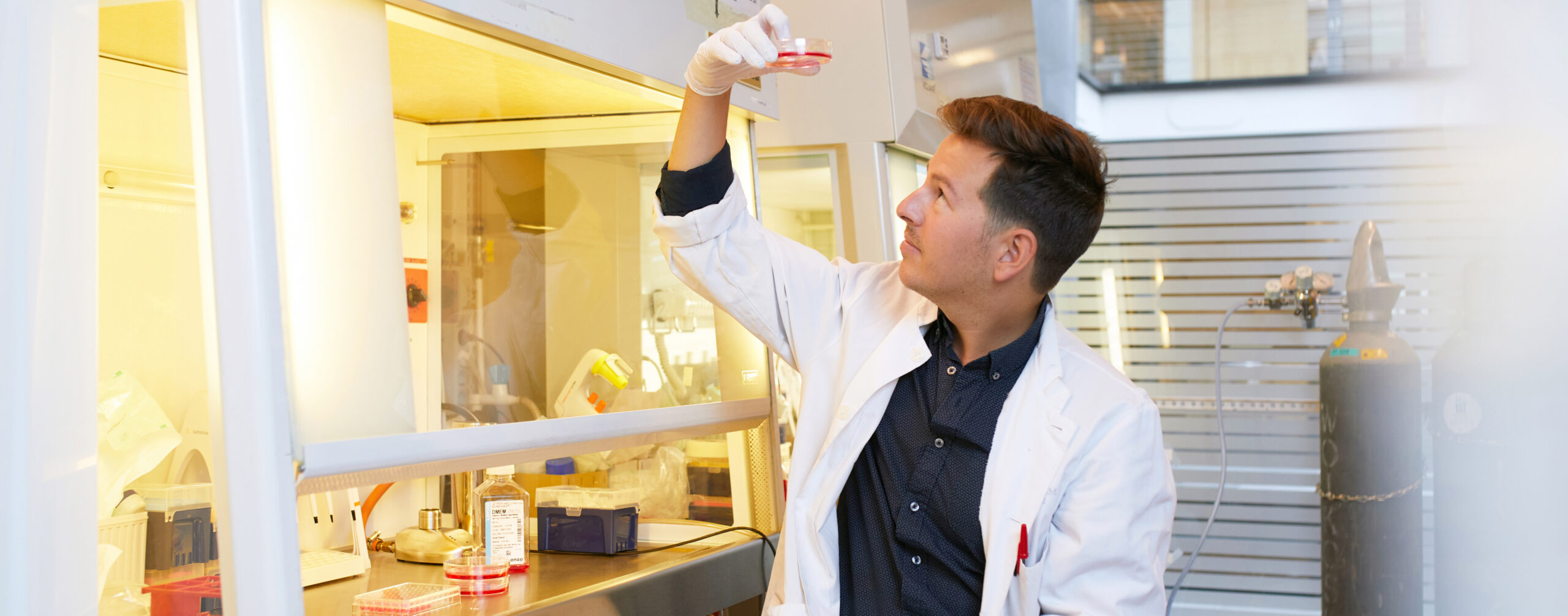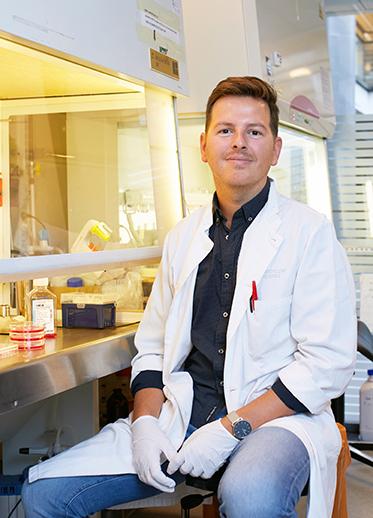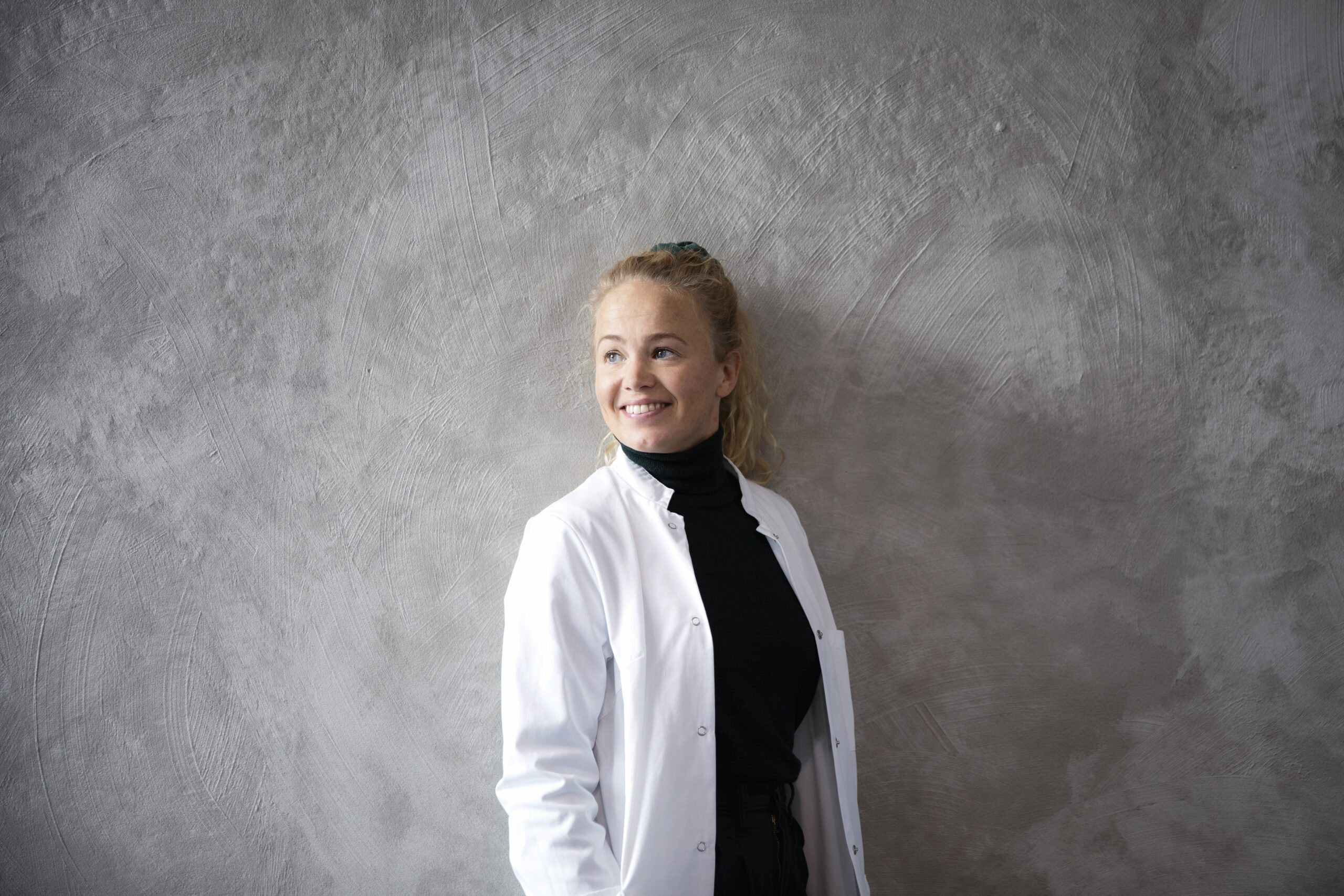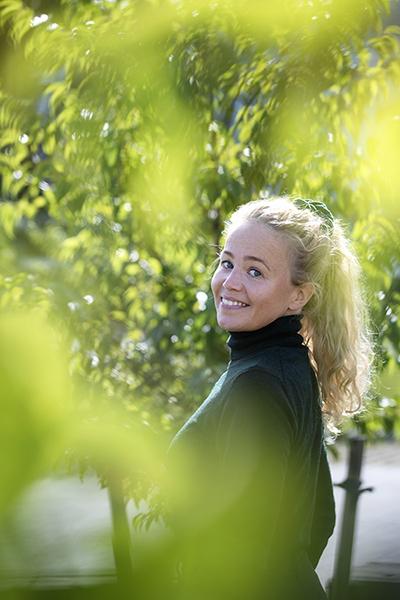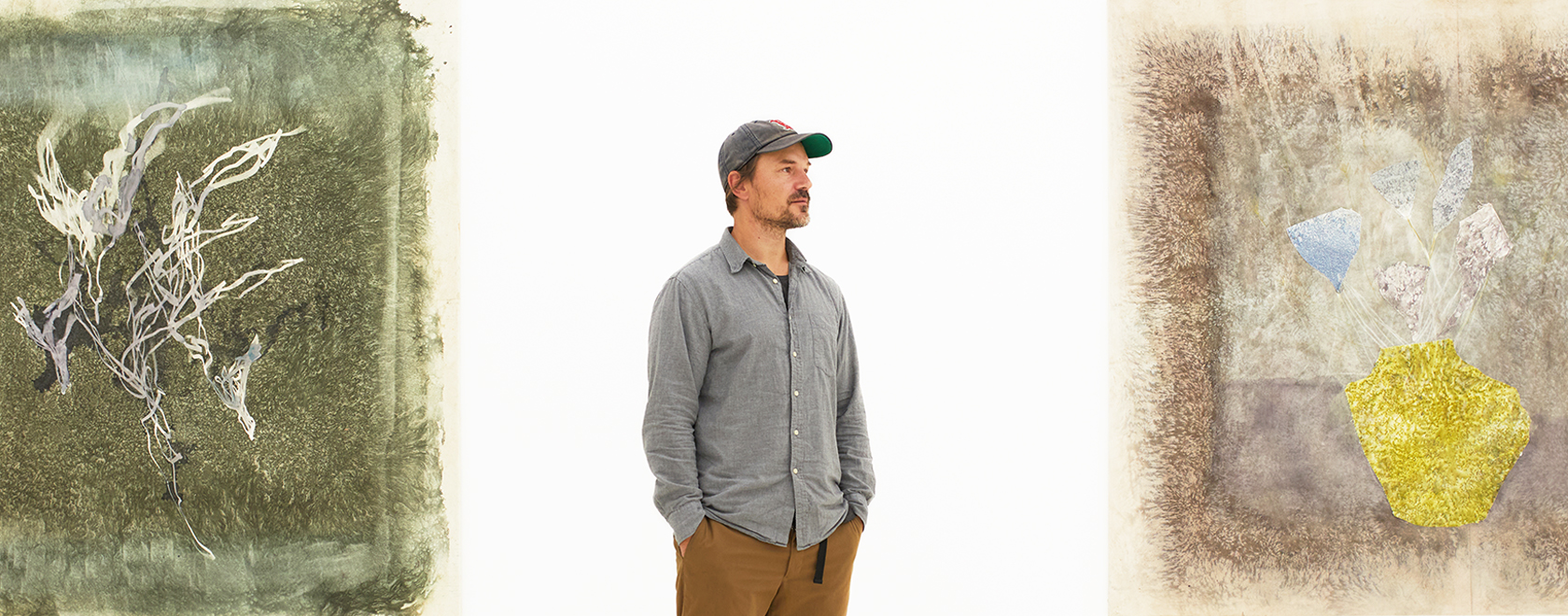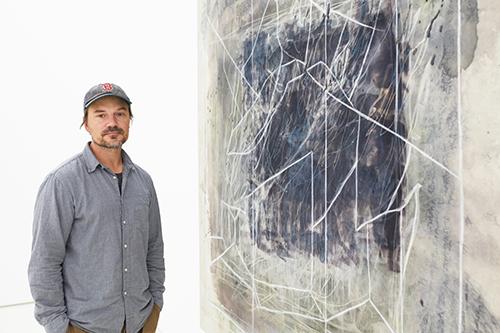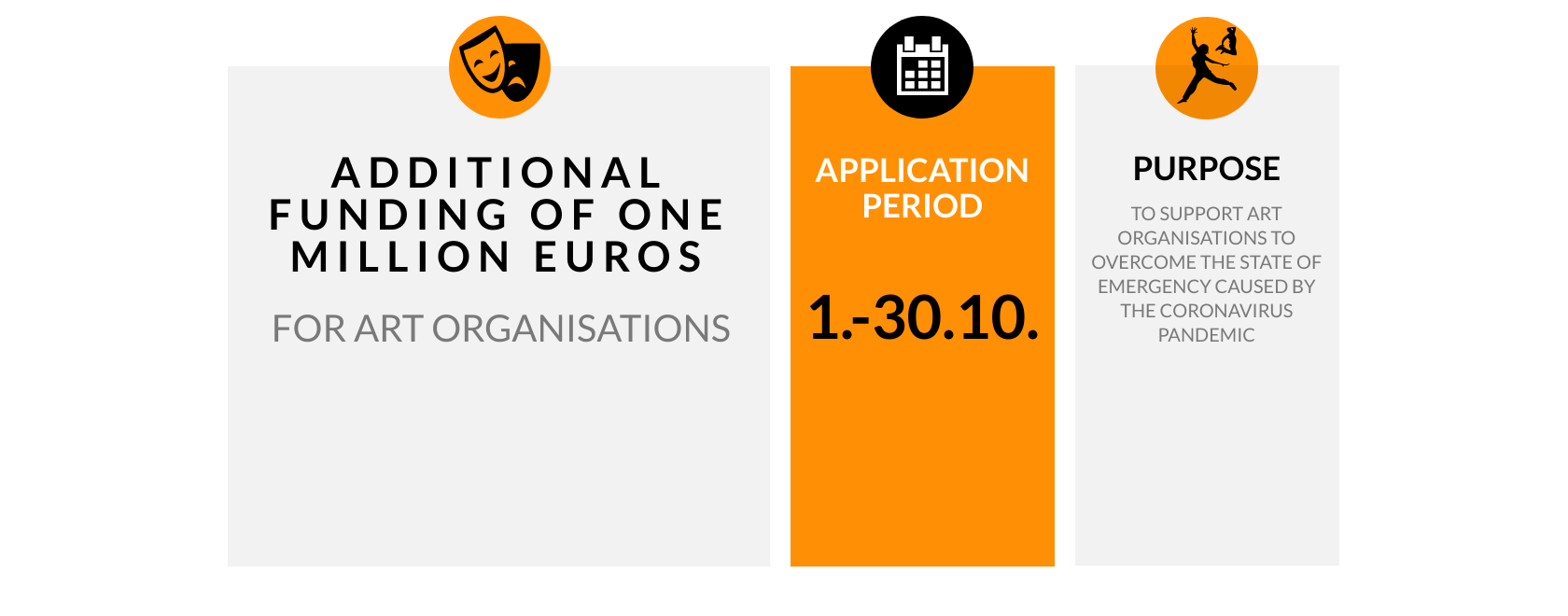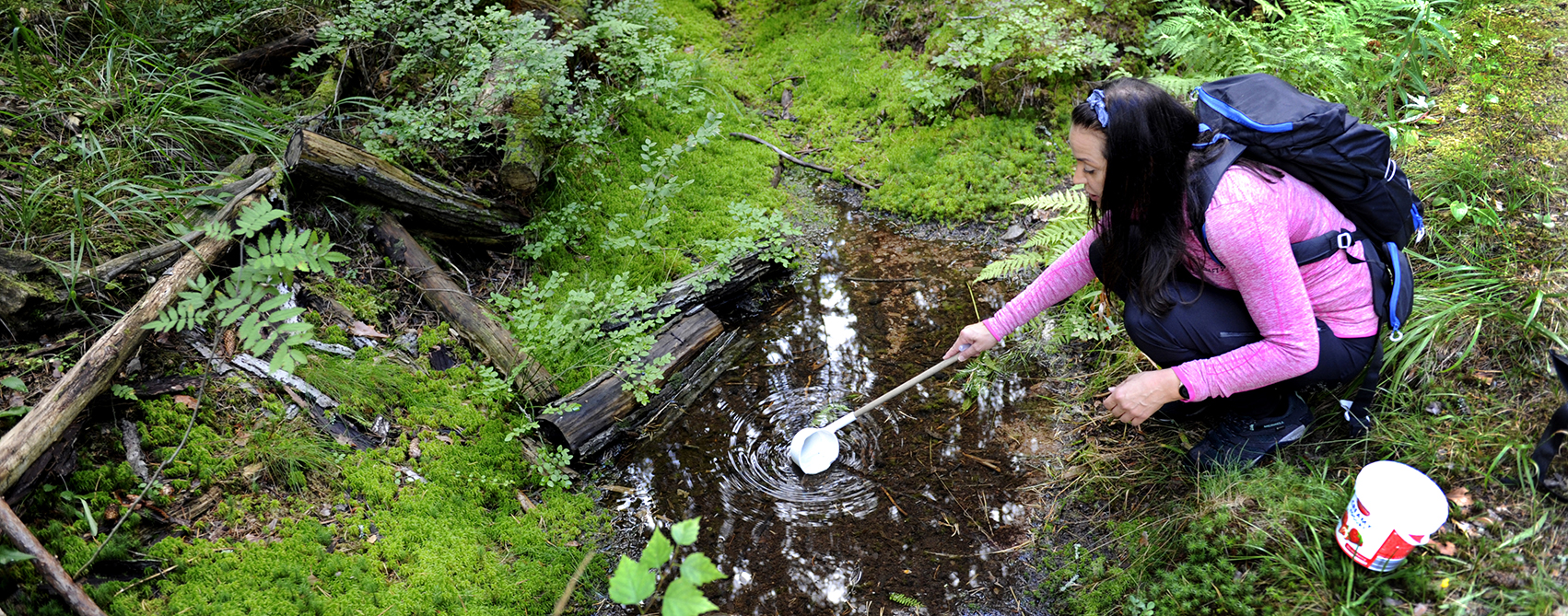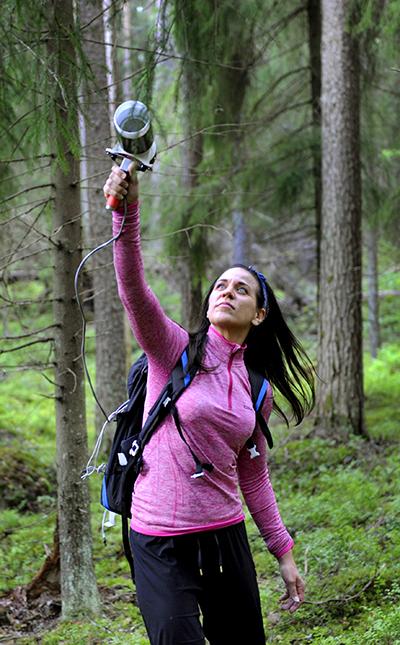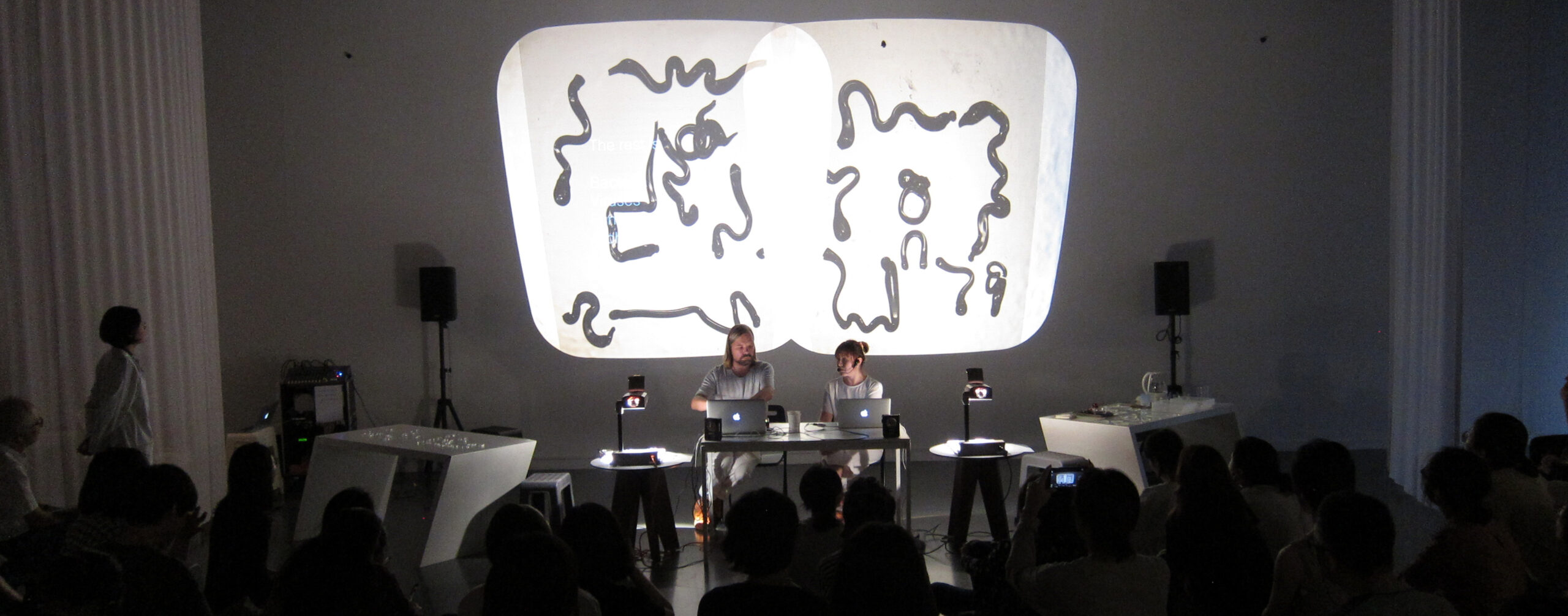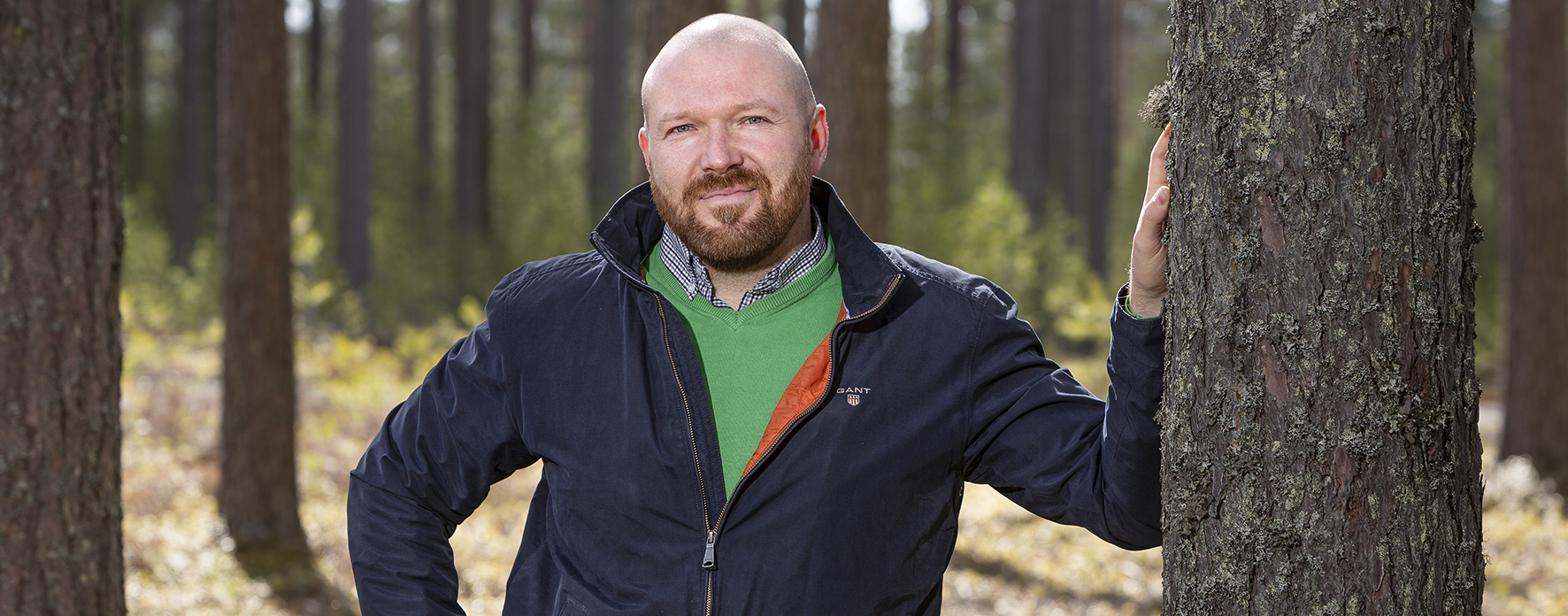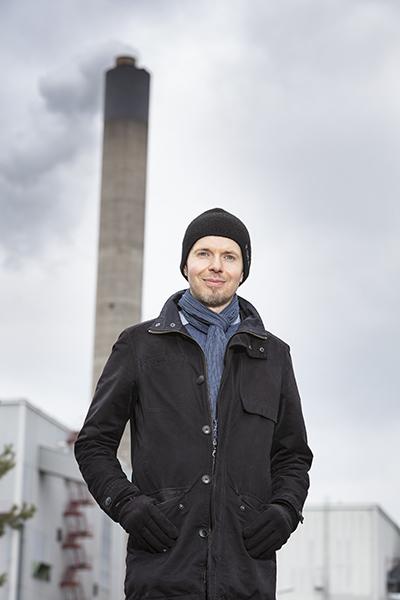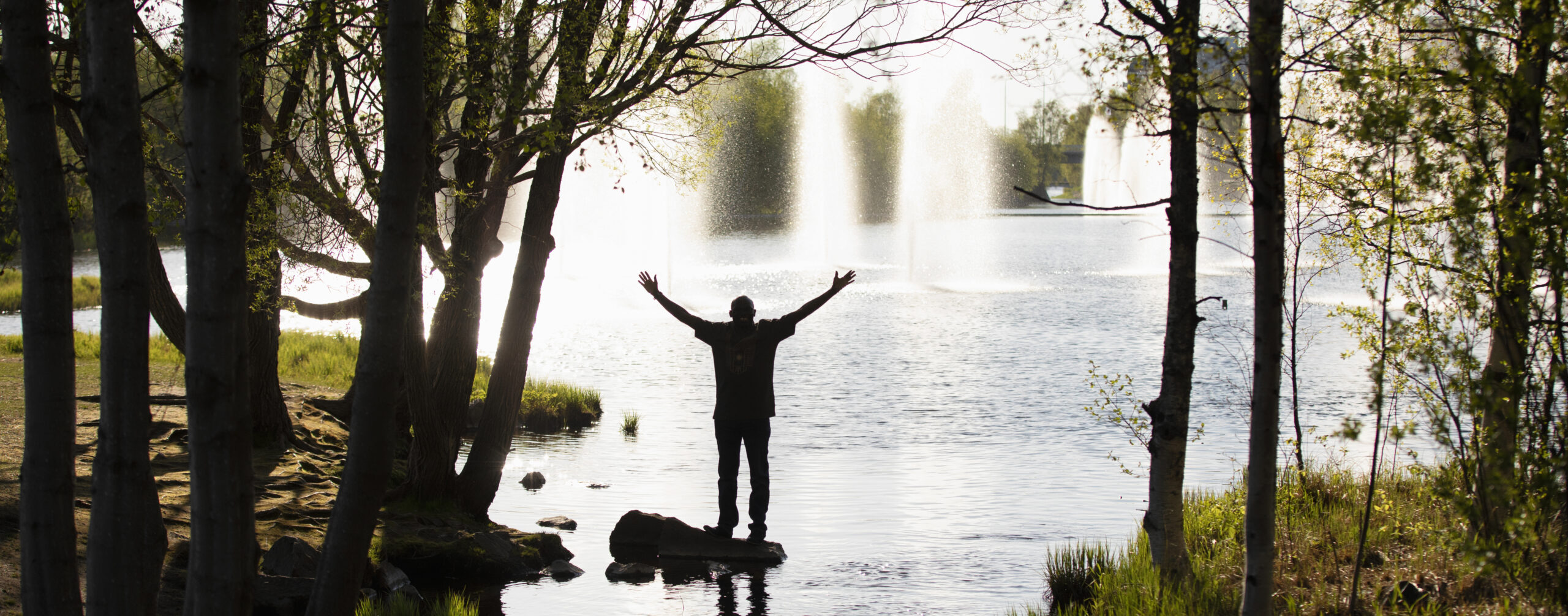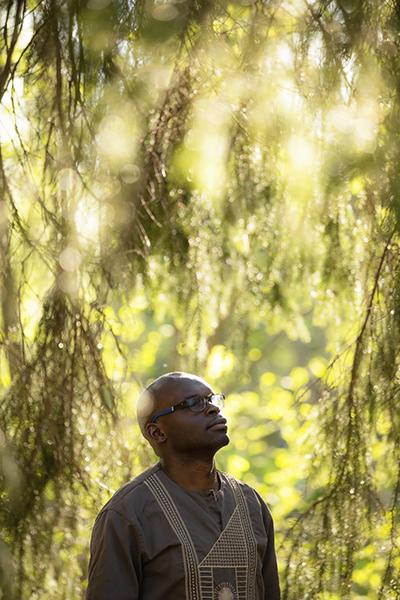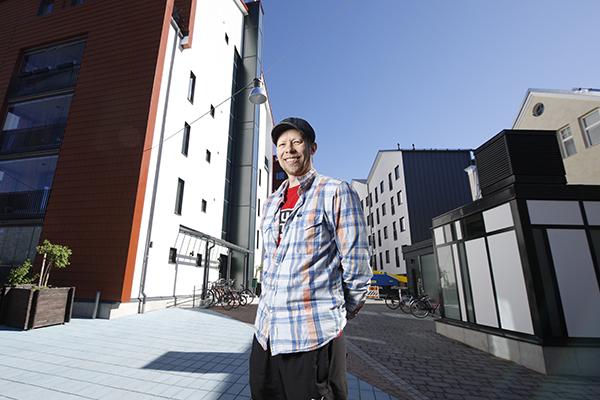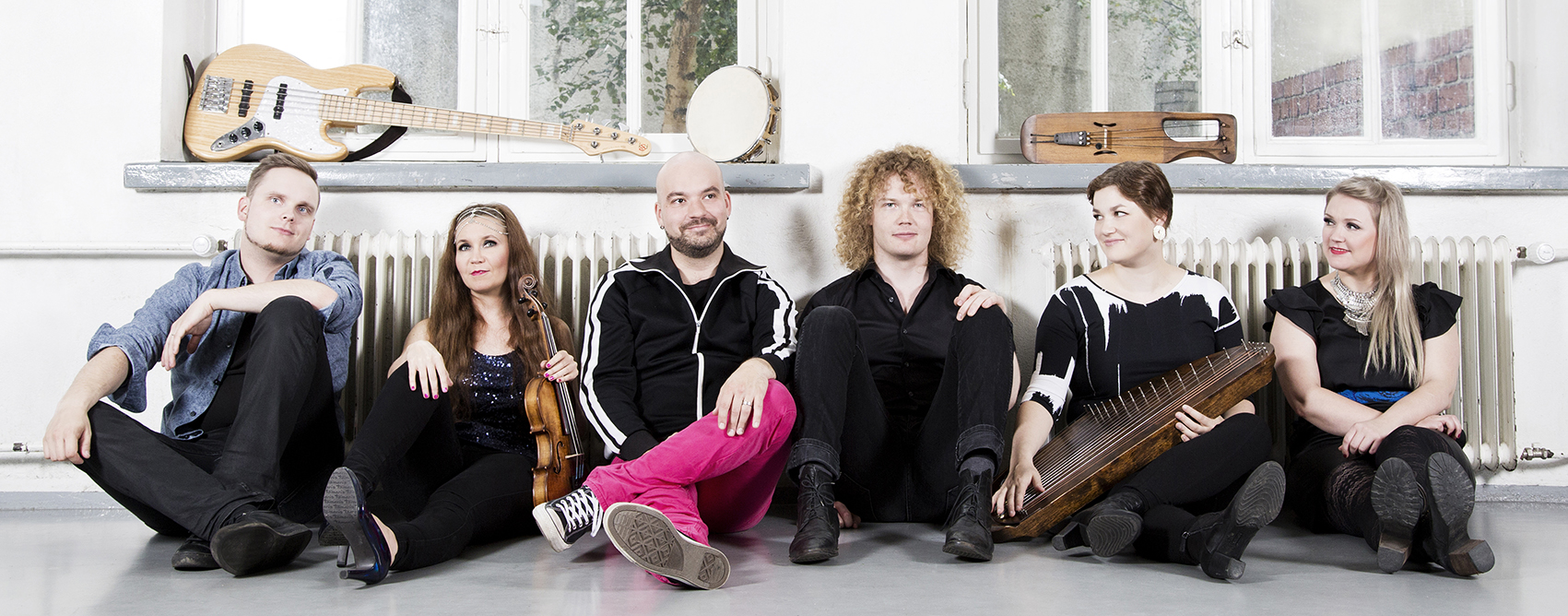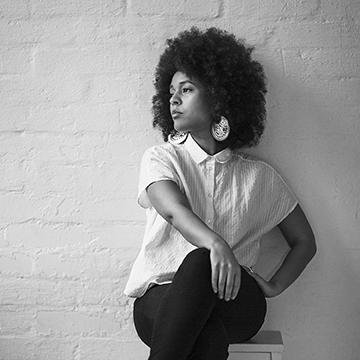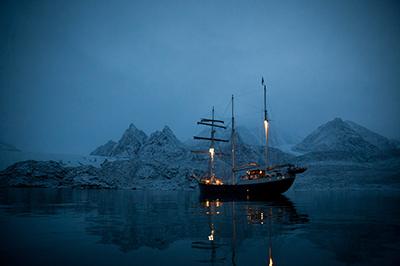Foundations Help Everywhere
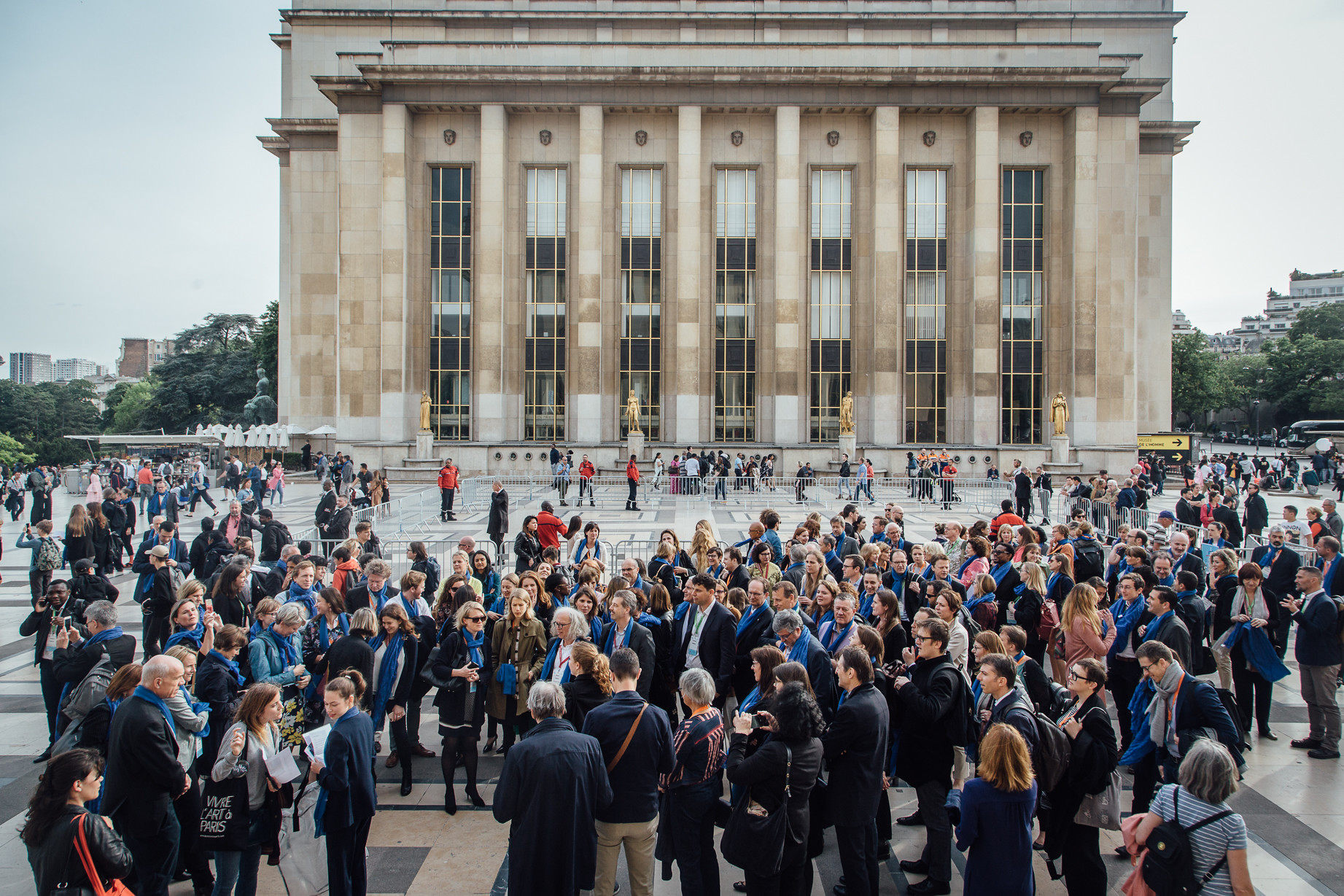
Text: Antti Kivimäki
Photos: EFC
The foundations sector is centuries old, but it has only grown significantly in recent decades.
The first large foundations were set up in the United States. In Europe, the majority of foundations were established after the Second World War, and in most European countries more than half of them are less than 30 years old. Europe has now overtaken the US in terms of total foundation assets.
In different countries, foundations have very different starting points.
Denmark may be the country with the most foundations per capita, as well as the biggest total foundation assets in proportion to GDP. The biggest corporations in Denmark are owned by foundations – such as the Carlsberg Foundation, the A.P. Møller Foundation (Almenfonden) or Nordea-fonden – and these donate funds for the public good.
In Germany, foundations often also have an industrial basis. When after the Second World War the government wanted to privatise Volkswagen, which had been nationalised by the Nazis, it was done by establishing VolkswagenStiftung, the Volkswagen Foundation, which today shares nothing but its name with the automotive giant. Similarly, the Robert Bosch conglomerate has a foundation as its majority owner.
In Italy, a large proportion of foundations are former savings banks, because legislation passed in the 1990s forced these to become foundations.
In Portugal, the enormous Gulbenkian Foundation wields significant influence. The Turkish-Armenian oil magnate Calouste Gulbenkian owned five per cent of the then known Middle Eastern oil assets when he died. He bequeathed a large proportion of his wealth to a foundation that owns an art museum and funds an orchestra, among other things.
In Greece, a wealthy shipowner’s foundation, the Stavros Niarchos Foundation, not only builds hospitals but also relocated the National Library of Greece to share facilities with the Greek National Opera in an impressive new cultural centre in Athens.
In Southern Europe, as in the United States, foundations in general play a much bigger role in funding civic society and supporting marginalised groups. Comparatively, in Northern Europe, they have a narrower focus, funding the sciences and arts while leaving it to the government to hand out social assistance.
– The foundations that give out grants with a social basis have experienced an exponential growth in their website views and contacts since the start of the pandemic, says Annakaisa Tavast, Head of Communications at the Finnish Cultural Foundation.
– Foundations in some countries have had to reduce their spending due to this millennium’s financial crises, leaving some NGOs and civic organisations facing hardship. This would be hard to imagine in Finland, says Cultural Foundation’s Secretary General Antti Arjava.
Southern foundations may promote political views or take part in NGOs’ lobbying activities. An example mentioned by Tavast is the influencing campaign started by the Bodossaki Foundation in Greece at the start of the refugee crisis in 2015.
– The campaign included a video in which a cardboard box, spinning at the feet of multitudes in a busy street, goes unnoticed by most without a second glance, symbolised a refugee in need of assistance. It tried to encourage people to help in the humanitarian crisis, Tavast says.
In Finland, foundations primarily fund academic disciplines and culture, although these can be loosely defined. They do not necessarily aim for social change, but remain, according to their by-laws and due to the diversity of their donors, neutral, often emphatically so. Naturally, there are exceptions.
France is not a big country for foundations, because the focus there is on public rather than private funds, in the spirit of the French Revolution of 1789. The Fondation de France, which is comparable to the Finnish Cultural Foundation, has a semi-public character. Similarly, in Austria, the foundations sector is fairly underdeveloped.
The legislation that regulates foundations varies from one European country to the next. The definitions of “foundation” differ, as do the requirements set for them, but generally the largest foundations operate for the public good and in similar ways.
In the United States, a higher level of activity is required of foundations than in Europe: they must spend at least five per cent of their assets in an average year. There is no such requirement in Europe, and the average spend here is around four per cent per annum. The Cultural Foundation’s average is just under four per cent of assets each year.
Eastern and Eastern Central Europe have seen a big rise in the establishment of foundations since the decline of socialism, but their desire to fund things often exceeds their actual assets.
Russia also has its foundations. For example, the foundation bearing the name of Vladimir Potanin, the oligarch who made his fortune during the privatisation of banks after the fall of the Soviet Union, is involved in the European Foundation Centre’s (EFC) activities.
– In Russia, operations cannot be autonomous of the government. Foundations have less flexibility than in the West, but it is possible for them to donate to culture and the sciences in Russia, too, says Antti Arjava.
Nor are foundations unheard of in China. In 2016, EFC organized its first China-Europe Philanthropic Leadership Platform programme funded by the German Stiftung Mercator, inviting ten Chinese and ten European participants to Brussels for ten days to enhance their strategic and change leadership skills. The programme now runs annually and the location alternates between Brussels and China, though this year, due to the pandemic, it takes place online.
The Finnish Cultural Foundation was represented by its Director of Cultural Affairs, Juhana Lassila. Some of the global trends identified by Lassila are the fact that foundations are increasingly aiming to bring about change and to solve global problems.
– This is why they invest heavily in social and political influence. Achieving such overarching goals requires more and more partnerships, not just between foundations but also with other stakeholders, such as commerce and industry. These days impact is a buzzword, Lassila says.
The Cultural Foundation is actively involved in the international foundations field and its management, for example through the The Hague Club and the European Foundation Centre (EFC). There are also yearly meetings between Nordic foundations. In 2019, the meeting was hosted by Helsinki and had nearly 170 participants from the whole Nordic region.
The Cultural Foundation has not previously collaborated on initiatives with foreign foundations; now, it is involved in a joint research funding programme for the humanities and social sciences together with the Society of Swedish Literature in Finland, the Swedish Cultural Foundation in Finland, the Brita Maria Renlund Foundation, and the Bank of Sweden Tercentenary Foundation to provide grants for the investigation of the social challenges of the twenty-first century.
The Cultural Foundation’s Board decided that if good applications are received by the programme, the Cultural Foundation can contribute EUR 0.5–1 million to its grants.
– The Cultural Foundation’s mission is national, but it is wise to seek operating models beyond our borders. The Nordic societies are similar enough in nature for this kind of programme to offer the necessary synergies, Lassila says.
Is there anything unique about the Finnish Cultural Foundation or Finland on a global scale?
The fact that the Cultural Foundation was started up by hundreds of thousands of ordinary Finns is a nearly unheard-of phenomenon around the world. In other respects, Antti Arjava says that foundations’ activities are similar all over.
– What is fairly unusual is the Finnish custom of handing out individual grants to artists and researchers. The larger foundations around the world seek impact by making large one-off grants, preferring to give higher lump sums to a whole university or a large research group.
Even though foundations are sitting on billions of euros in assets, they are not a major operator compared to national governments. If the funds of all the European foundations that support academic disciplines were put together, they could fund European academia annually for only a single week, and the rest would have to come from governments.
– The strength of foundations lies in the fact that they can make decisions more freely and quickly than governments, Arjava says.
Investment Directors Meet at EFFIO
The chief investment officers of the large European foundations get together a couple of times a year within the EFC’s European Foundation Financial and Investment Officers Group (EFFIO) – once a year in the EFC offices in Brussels and once hosted by one of its members. This year’s meetings have been conducted remotely.
EFFIO has some thirty members, representing around ten countries and a total of approximately EUR 100 billion in assets.
– The legal and tax frameworks vary between European countries. Still, the challenges of long-term investing are the same for all of us: how to maintain a sufficient amount of capital that enough of it will be available for our charitable purposes,” explains Ralf Sunell, Chief Investment Officer at the Finnish Cultural Foundation and long-term member of EFFIO.
These challenges are discussed in EFFIO using the Chatham House Rule: participants are free to use the information received, but neither the identity nor the affiliation of the speakers may be revealed. Trust and confidentiality are two of the basic pillars of EFFIO’s activities. This allows the investment directors to disclose to each other what asset classes (e.g. property, bonds, stocks) they invest their funds in so that they can maintain their foundations’ capital and ensure there is enough of it to share.
EFFIO’s members also respond to annual surveys on their investments and returns. Their responses are compiled into a report that is only for members, which allows them to compare their own performance to that of their peers.
– It is not a competition, but comparisons are always useful. Each foundation has its own asset-related targets and different levels of risk tolerance, which is of course reflected in returns,” Sunell explains.
In their meetings, the peers also discuss responsible investment and sustainable asset distribution levels, and try to predict global political and economic challenges to come.
– Currently our British colleagues are battling with Brexit and how the pound should be viewed as a home currency when investing.”
Because EFFIO’s members include some of Europe’s largest foundations, it is easy for them to obtain high-level speakers from the European Commission, parliaments, universities, asset management and other stakeholder groups.
EFFIO is also in contact with its American counterpart, FFOG (Foundation Financial Officers Group), with which it holds a joint meeting once every five years or so.
